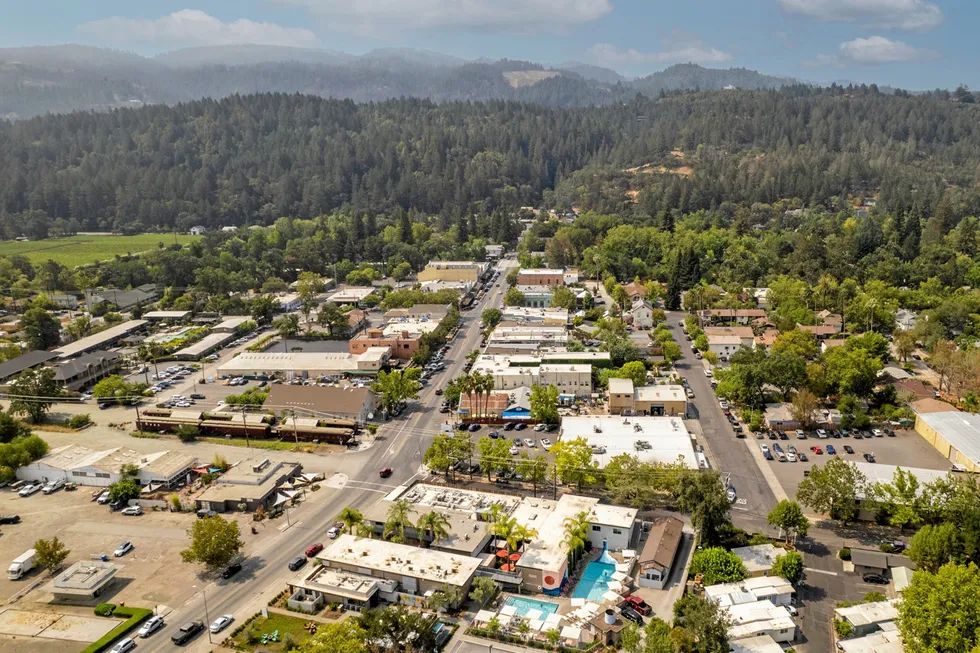California utility applies to build green hydrogen/battery storage system to power city for 48 hours during wildfire shutdowns
PG&E's 293MWh facility would be used when power lines serving Calistoga, in the Napa Valley, are turned off for safety reasons due to high wildfire risk
